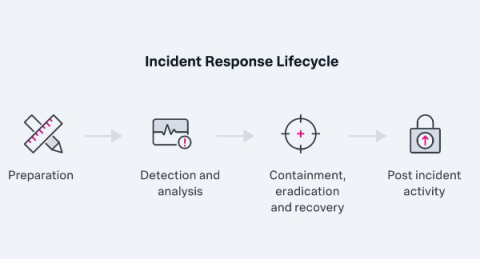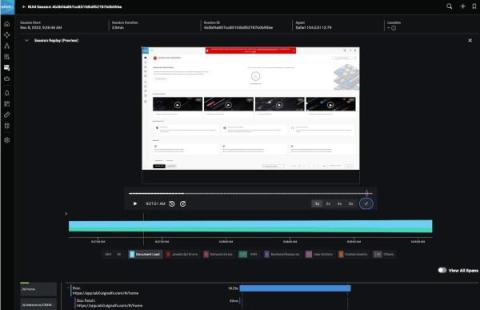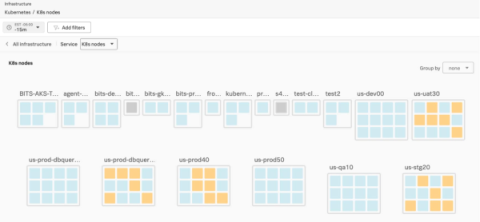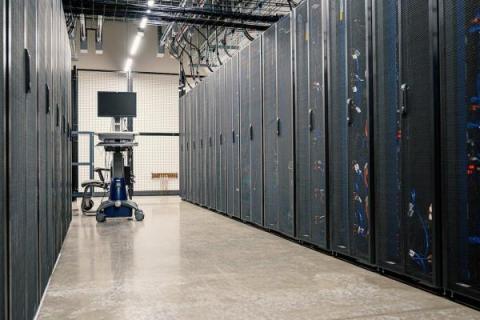How to Create Great Alerts
We’ve all been guilty of it. Creating rules and filters to hide those alerts that, for the most part, are just noise. Only then to have notifications about a legitimate issue also get swept up by those same filters. There’s only so many times we can break concentration and disrupt productivity before getting fed up with false positives and ignoring everything completely.











